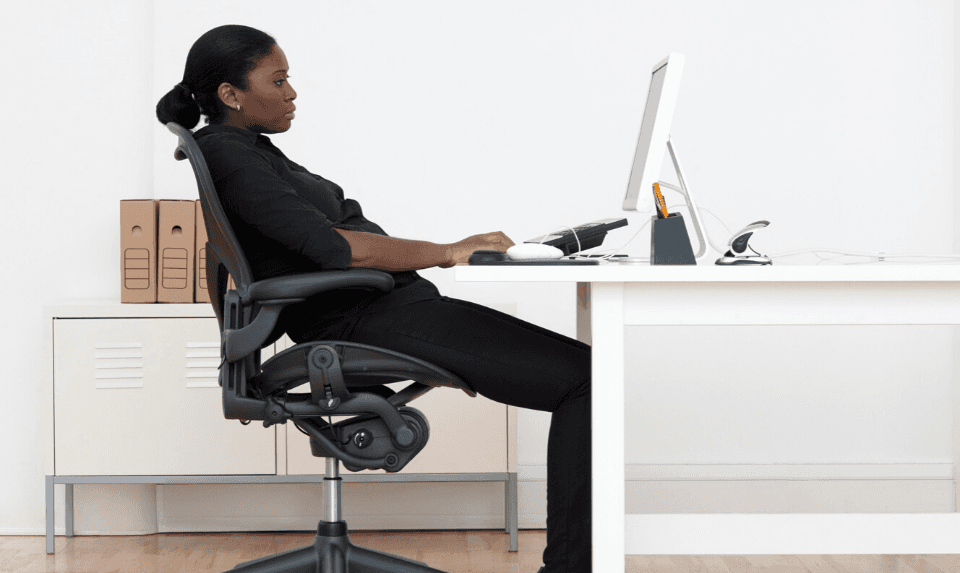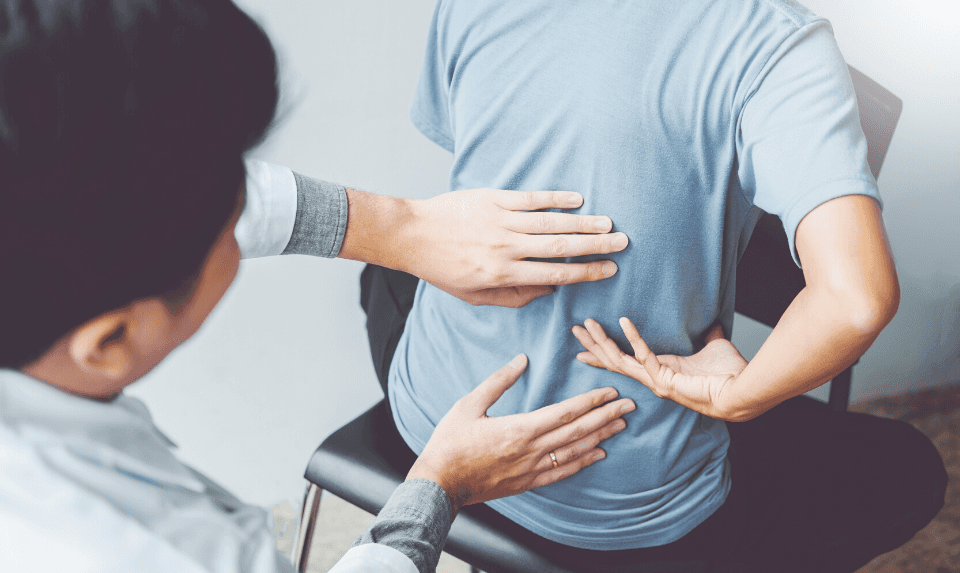It’s easy to identify sciatica because of the sharp, excruciating pain that shoots from the lower back down your leg. That’s because the word “sciatica” explains the indication affecting your sciatic nerve, the longest nerve in your body. This nerve starts in your lower back; go through deep within your buttocks; and runs down your legs and end in your foot. Your sciatic nerve controls several muscles in your lower legs and gives sensation to your lower extremities.
When you build up sciatica, your sciatic nerve becomes sore, which triggers your sciatica symptoms. In some cases, mild forms of sciatica relieve with time. But when they continue or are left untreated, you run the risk of having lasting problems.
Understanding Sciatica Pain
Sciatica pain affects up to 40% of American men and women. It develops when the sciatic nerve becomes pinched or compressed. Two of the most frequent causes of sciatica are excess bone development in the vertebrae — also called bone spurs — as well as herniated discs. When you have a herniated disc, the jelly-like filling in the disc swells out of shape and press on against nerves in the area.
Risk Factors of Sciatica Include:

- Poor posture or sitting in slouched positions
- Developing a tumor, blood clot, or abscess
- Having a nerve disorder like diabetes
- Being overweight or obese
- Having age-related adjustment to your spine
When your sciatic nerve becomes compacted, it constricts the nerve, causing swelling and sciatica symptoms. Sciatica symptoms frequently consist of pain that spread out from one side of your lower back to your buttock and follows your sciatic nerve down your leg. It can range from a dull throbbing pain to sharp and debilitating pain. It is also common for sciatica to feel like jolts of electrical shocks, and they frequently become worse if you cough, sneeze, or sit for longer periods.

Asides pain, sciatica symptoms can also consist of numbness, muscle weakness, or tingling in your leg.
Problems If Sciatica Pain is Left Untreated
Numerous issues can occur from untreated sciatica pain. You may experience:
- Loss of feeling – In severe cases, you may experience loss of sensation in the affected limb. This can impact mobility and add problems on top of the pain you may be experiencing.
- Loss of bladder control – In some unusual instances, the part of the spinal cord that lets you control over your bladder may be impacted, leading to loss of control. That’s why it’s so imperative to seek out help when you begin having symptoms and evade potentially severe outcomes that could affect you for the rest of your life.
- Nerve damage – If you don’t search for medical treatment for your situation, then you run an extremely high risk of suffering nerve damage that may be long-lasting. If that occurred, then the hurting in the legs and back may only get worse with time, finally getting to the point in which the things you’ve been undertaking to help out ease pain, for instance, pain medications, are no longer helpful.
When to See a Doctor
Mild sciatica pain frequently goes away over time. Call your doctor if self-care measures are unsuccessful to ease your symptoms or if your pain lasts longer than a week, becomes increasingly worse. Get urgent medical care if:

- The pain follows a rough injury
- You have trouble controlling your bladder or bowels
- You have swift, severe pain in your leg or low back and muscle weakness or numbness in your leg
Prevention
It’s not always possible to avoid sciatica, and the situation may recur. The following can play a crucial role in protecting your back:

- Exercise regularly. To maintain a healthy back, pay particular consideration to your core muscles — the muscles in your lower back and abdomen that are necessary for alignment and proper posture. Ask your doctor to suggest specific activities.
- Maintain proper posture when you sit. Select a seat with excellent lower back support, a swivel base, and armrests. Consider placing a rolled towel or pillow in the bottom of your back to maintain its typical curve. Keep your hips and knees level.
- Practice good posture. If you stand for long hours, rest one foot on a small box or stool from time to time. When you pick up something heavy, let your lower legs do the lifting. Keep your back straight and bend only at the knees. Keep the load near your body. Avoid twisting and lifting simultaneously. Look for a lifting partner if the object is bulky or heavy.
